Zack Snyder is back in the superhero conversation again, and he’s proven how much he gets Superman. Everyone has an opinion on Zack Snyder’s Superman, even those who aren’t even Superman fans, and it seems there is always a debate unfolding online over Snyder’s portrayal of Superman (played by Henry Cavill) in Man of Steel, Batman v Superman: Dawn of Justice, and Zack Snyder’s Justice League. Recently, Snyder has given the world even more reason to have that debate.
For October’s superhero issue of Inverse, Snyder served as the issue’s guest editor, with Snyder also penning on feature on his love of superheroes and the comic book medium, and conducting an interview with comic book auteur Frank Miller of The Dark Knight Returns and 300 fame. Predictably, Snyder’s re-entry into DC-heavy talk has the whole world talking, his devoted fanbase in Snyder’s corner and his detractors remaining skeptical. However heated the Snyder superhero debate might be, his work on the new issue of Inverse demonstrates just how much he really understands who and what Superman is.
Zack Snyder Sought To Deconstruct The “Why” Of Superman (& All DC Superheroes)
What makes Zack Snyder stand out so much from other superhero filmmakers is how much of an emphasis he places on deconstructing iconic characters. That isn’t to say other makers of superhero films haven’t done the same, but taking characters like Superman apart and putting them back together again is a staple of Snyder’s entire philosophy of bringing superheroes to life cinematically.
In the case of Man of Steel, Snyder started his Superman story from the foundation of Henry Cavill’s Kal-El dealing with feelings of loneliness and self-doubt as much as he is determined to use his powers to help people. While Snyder’s critics have labeled this approach as giving Superman a dark and brooding makeover more fitting for Batman, what Snyder really allows Superman to do is breathe and evolve as a character in a way no prior cinematic or televised version has done. Moreover, Snyder’s Superman also shows that being a symbol of hope isn’t a simple as just smiling or pulling cats out of trees, and takes far more self-actualization and sacrifice that Superman has often been allowed to explore.
RELATED: If Steppenwolf’s CGI Is A Mess, Then Thanos’ Is A Dumpster Fire
Zack Snyder Is Asking The Biggest Questions About Superman – & Telling His Most Compelling Story
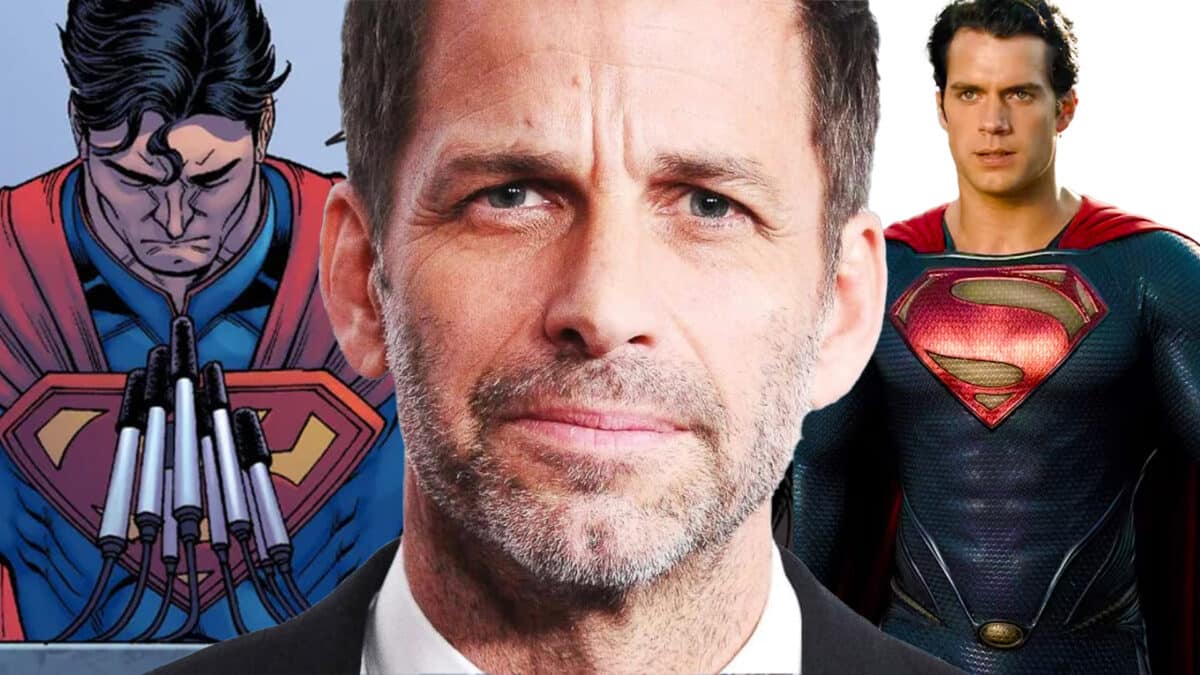
In his recent Inverse feature, Snyder shares his affinity for comic book storytelling and superheroes as transcending escapism and entertainment, and embodying “an often profound commentary on our shared human experience”. Snyder’s Superman arc that began in Man of Steel and which was intended to conclude in Justice League 3 exemplifies that by presenting Kal-El as a hero in hiding, using his abilities to help when he can but going out of his way to stay out of sight, knowing that the world will fundamentally change forever the moment he reveals himself. General Zod’s invasion leaves him with no choice but to publicly step up to the plate as Superman, and he spends much of Batman v Superman just trying to re-assure humanity and the mistrustful Batman that he’s on our side.
That ultimately comes at the cost of his own life when Superman sacrifices himself to defeat the monstrous Doomsday, but Snyder’s philosophy on the shared human experience superheroes embody really begins to come into focus in Zack Snyder’s Justice League when Batman, Wonder Woman, Aquaman, Cyborg, and The Flash revive him in time to defeat Steppenwolf and the invasion from Apokolips. The fact that Superman has struggled so much in the two preceding movies also makes his return far more triumphant. Sure, Superman’s “Not impressed” one-liner and effortless pummeling of Steppenwolf is a Superman movie moment for the history books, but his trials in Man of Steel and Batman v Superman bring out not just the best in him, but in everyone around him.
Batman had become cynical and bitter to the point of seeing criminals as weeds; Wonder Woman had lost her faith in the world of man; Aquaman was a loner estranged from his people in the sea; The Flash felt powerless to save his wrongly imprisoned father; Cyborg thought everything that made him human had been stripped from him; and Martian Manhunter was content to hide among humans as General Swanwick. In Superman, all of them saw a man who never gave up when he had every reason to turn his back on a world that saw him as the enemy, even to the point of falling on the sword for them. For all of them, he is the hero they all thought could not exist in such a dark world, and thus, the Justice League is born.
Snyder’s plans for Justice League 2 and Justice League 3 also show that he wasn’t finished challenging the Man of Steel (as seen on Snyder’s whiteboard outline of the two sequel’s story), with Superman to be turned into Darkseid’s slave through the Anti-Life Equation and helping him conquer Earth. With Batman and The Flash using time-travel to undo the Knightmare future, Superman would embody leadership and hope like never before in leading the entire world to defeat Darkseid once and for all, with Batman dying a hero’s death.
Viewed in its entirety, Snyder’s Superman arc shows that he is portraying the concept of Superman as a symbol of hope in a far more complex and ultimately more fulfilling way than the Last Son of Krypton has had the chance to exemplify elsewhere. Superman has to weigh the idea of consequence at all times. He may have the power to save the world, but what happens when him doing so reveals that we are not alone in the universe, especially when he’s part of the same alien race that invaded Earth? By struggling with such questions, Snyder’s Man of Steel earns the title of Superman in the most definitive way possible, with the entire world becoming a Justice League by his example.
Zack Snyder Always Knew His Take On Superman Would Be Polarizing
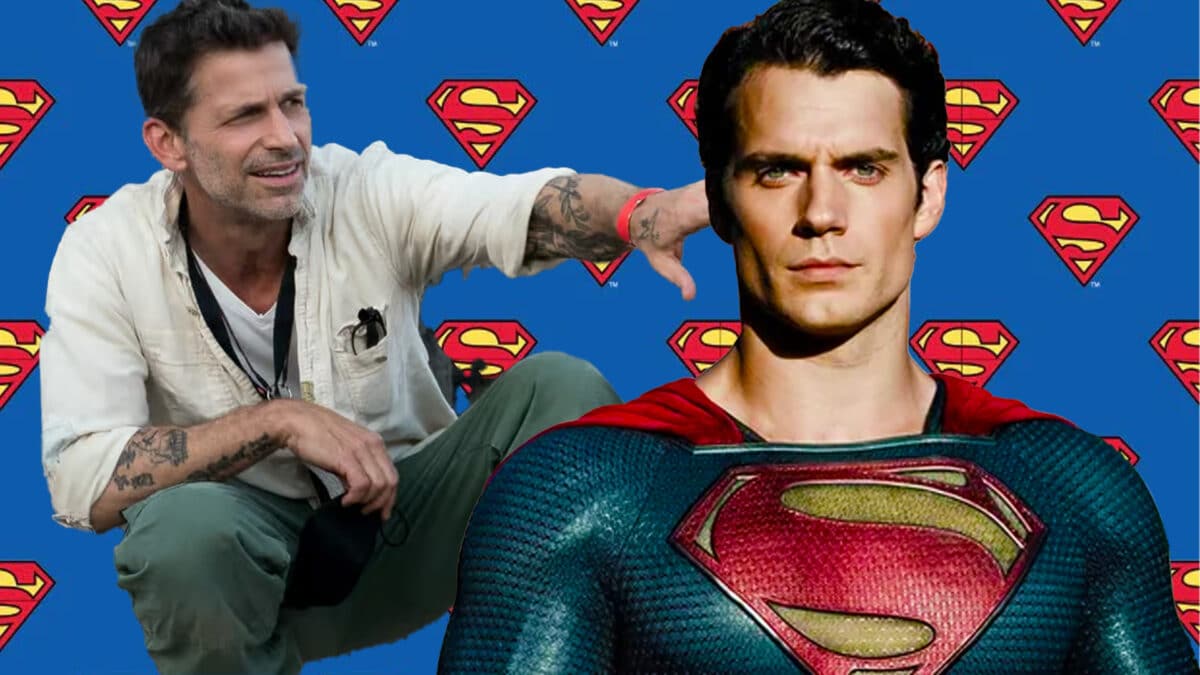
Though Snyder clearly stands behind his portrayal of Superman and the Justice League, it’s also equally clear that he always knew it was going to be a hard sell to many Superman and DC fans by not having the Man of Steel default to Christopher Reeve-levels of cheerfulness and fun. In his interview with Frank Miller on Inverse, Snyder touches upon exactly that, funnily enough, in his analysis of the idea of Batman using guns. As Snyder states to Miller:
“Well, it’s cool because if you can create a scenario where Batman has to shoot a gun and someone says, “Well, Batman can’t shoot a gun.” And you’re like, “Well, what should he do in this scenario then?” And then if someone says, “Well, don’t put him in that scenario.” I’m like, “Well, that’s a weak character.” You can’t have a character where we’re modifying this scenario because he can’t exist in it. That’s not realistic. Now we’re just creating scenarios that his morality can work inside of, rather than the other way around.”
While Miller concurs with Snyder’s perspective, it also shows that Snyder knew he was going to be tipping over many sacred cows with his portrayal of the world’s first superhero. Superman breaking General Zod’s neck in Man of Steel is still as fervently debated as ever, but Snyder’s point rings true. Simply avoiding putting Superman in the position of having to decide whether to take a villain’s life puts up fences around him as a character, and keeps him from having to ever make difficult, in-the-moment decisions as a hero. The same is equally true for Snyder’s portrayal of Batman lapsing into lethal force, which, in Snyder’s story, asks the question of what it would take for Batman to become willing to kill.
As the tone of Zack Snyder’s Justice League shows, Snyder’s intention was always to evolve Superman, Batman, and the DC heroic pantheon into their classical versions, but not before putting them all in a trial by fire where they would have to make hard choices, deal with the consequences of them, and come out on the other side having grown from their experiences. Snyder clearly knew that would ruffle many feathers, but time and evolving landscape of superhero movies have shown that he was on the money.
Snyder’s Take Shows That Superman Is So Much More Than He’s Been Allowed Be
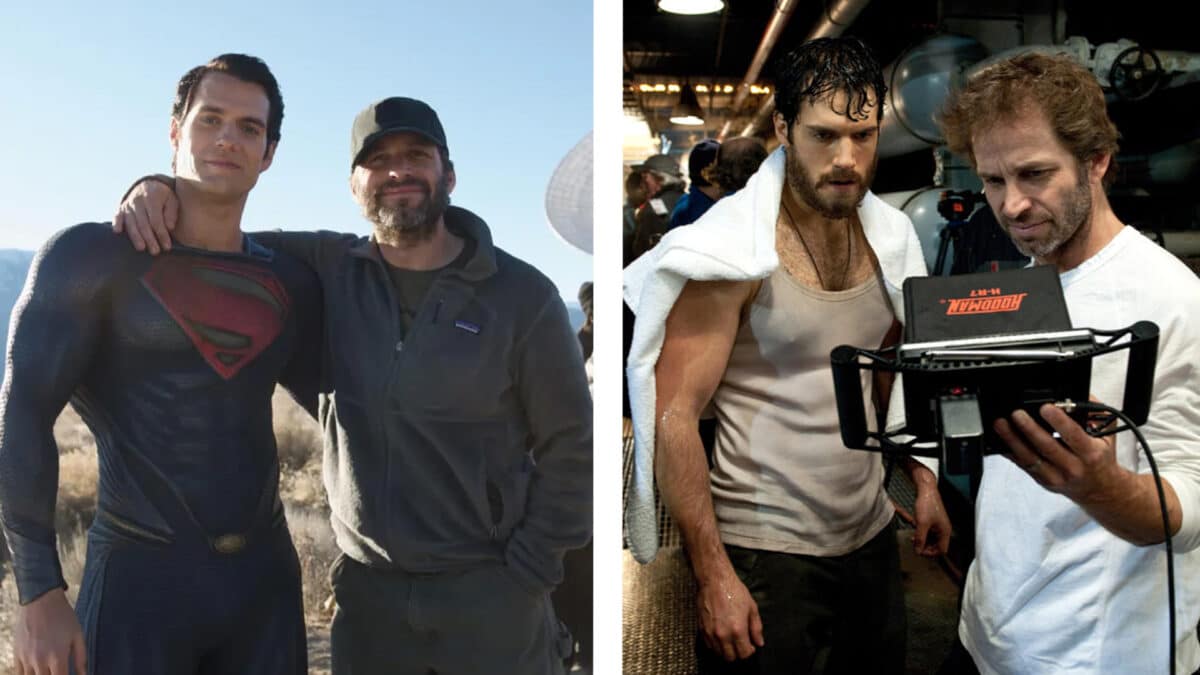
It’s easy to boil Superman down to the personification of hope, but Zack Snyder obviously was never content with just doing that and takes that idea much further. Superman embodies hope, but what does that mean? Where does hope come from? How does hope survive being tested doubt and fear? Can you regain hope after losing it?
Too often, filmmakers, audiences, fans, and even comic book writers have been reticent of tackling the question of what it means for Superman to embody hope and to inspire hope in others. Snyder’s Superman arc shows that asking these kinds of questions about Superman and all superheroes isn’t just a compelling storytelling decision, but fundamentally necessary for superheroes to embody the collective modern mythology we so often see them.
In the end, Zack Snyder knew he was telling what was bound to be a divisive, polarizing Superman story by taking on such themes. Nonetheless, the fact that his Superman remains such a hallmark of superhero filmmaking after weathering that storm is testimony to how far ahead of the curve he was on what makes Superman tick. Superman’s most triumphant flight is the one that comes after he’s had to fall – not unlike the trajectory Snyder’s own DC movie franchise and the continued hope of millions of fans that it will one day fly again.
RELATED: Is There A Man Of Steel Ultimate Edition Extended Cut?
Man of Steel |
|---|
An alien child is evacuated from his dying world and sent to Earth to live among humans. His peace is threatened when other survivors of his home planet invade Earth. |
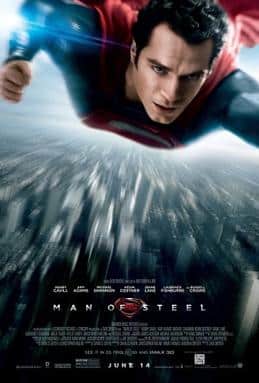 |
|---|
| Studio: Warner Bros. Pictures, Legendary Pictures, DC Entertainment, Syncopy, Peters Entertainment |
| Running Time: 143 minutes |
| Release Date: June 14, 2013 |
| Cast: Henry Cavill, Amy Adams, Michael Shannon, Kevin Costner, Diane Lane, Laurence Fishburne, Antje Traue, Ayelet Zurer, Christopher Meloni, Russell Crowe |
| Director: Zack Snyder |
| Writers: David S. Goyer, Christopher Nolan |
| Genre: Action, Adventure, Sci-Fi, Superhero |
| Box Office: $668 million |

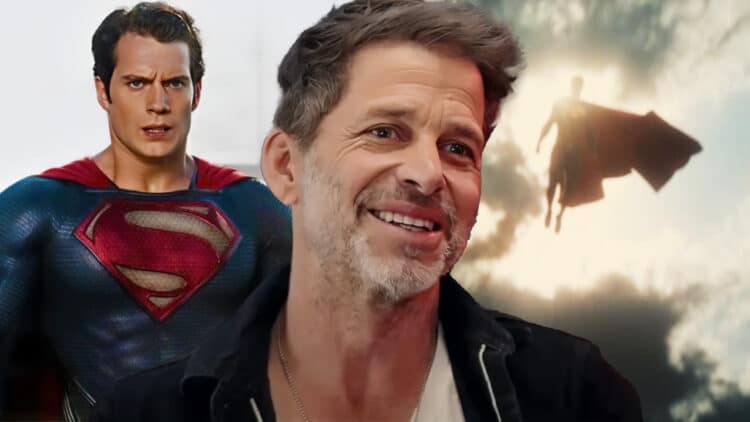



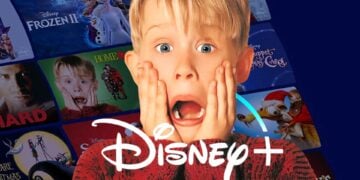
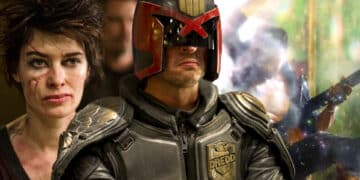
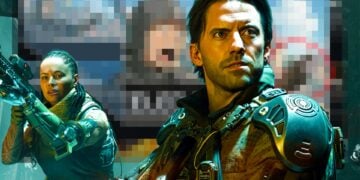
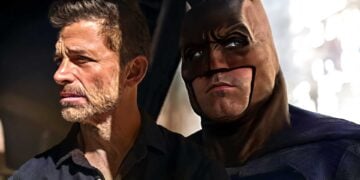
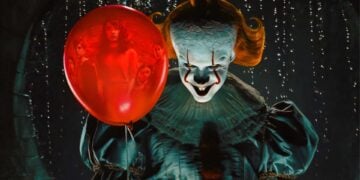
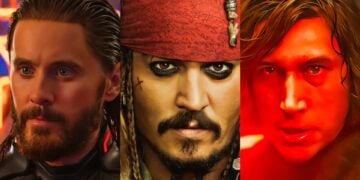
Discussion about this post